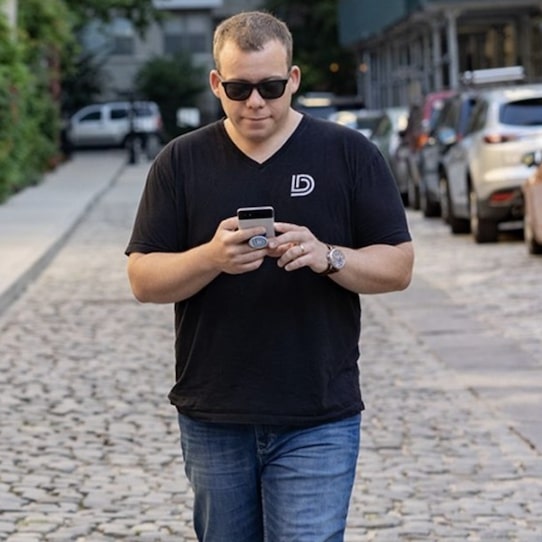Anton Kraly admits the game has changed. There’s supply chain issues. Inflation. We’re in a recession even though the government won’t admit it. So how does all this affect dropshipping? Well, let’s start with supply chain. It got all jacked up when Covid hit. And even though Anton recommends you drop ship items from domestic suppliers, guess what? Even they get their parts and materials overseas. So yeah, it’s making it tough on everyone, including Anton and his students.
Question is: what are they doing to overcome this? In a word, adapting. They’re adding more suppliers, working with more brands. Ideally 20 or more. Diversification, right? If one product’s on backorder, your income’s not gonna fall to zero. Like Anton says, even though these supply chain issues are very real, they’re not affecting every product and every brand at the exact same time. There’s plenty of people with plenty of stuff in stock; it’s your job to get approved to sell for as many of ’em as possible.
Another thing you can do, if you’re more advanced, is you can start to hold inventory. Like say you’re selling rugs and you typically sell 50 of ’em a month, on average. And you see a notice from your supplier saying they’ve only got 100 left and then they’re gonna be out of stock for three months. What you can do, if you’ve got the bankroll, is call ’em up and tell ’em you’d like to put down a deposit to hold all 100 of ’em for your store. Most of the time, they’ll be happy to work out some sorta deal with you.
Then there’s pre-selling items. If your supplier’s like, “Yo, we’re gonna have more of those bookshelves in on October 1st,” you can update your Shopify store to reflect that, give people an approximate ETA, and let ’em buy ahead of time to make sure they don’t miss out when that next shipment comes in. Obviously, if you’re not sure when it’ll be back in stock, you don’t wanna do this; instead, ask ’em to opt-in to an email list to be notified as soon as it’s available. (And then turn off any paid traffic to those products.)

Onto inflation. Since everything costs more, your expenses are probably gonna go up, right? So what’s Anton suggest you do to protect your margins? For starters, something called LVO, or lead value optimization. “And with this the goal is to make more money from everyone who visits our stores,” Anton explains. “So one thing you can do is to offer upgraded shipping. Faster shipping, maybe white glove delivery. Anything you can offer to increase the total purchase price and keep your margins healthy.”
“Another thing you can do is offer extended warranties. Which, most of the time, a lot of that is gonna be pure profit. Then there’s cross-selling, if you’re not doing it already. So, if I was selling a bookshelf, I would say, ‘Do you also want these bookends? How ’bout these decorative sculptures? Maybe this cool digital picture frame?’ Right? Things like that that can increase your average order value and keep more money in your pocket from every sale.”
“And then lastly, what you can do is promote higher margin products. Okay? What I mean by that is that, with certain products, the spread will be bigger between your cost of goods sold and your minimum advertised price. Separate those products out and focus your ads on driving traffic to only those product pages. Now your net margins are naturally going up, so that protects you from inflation as well.” Excellent advice from Mr. Dropship Lifestyle, Anton Kraly. But I still despise dropshipping. You’ll see why when ya click below.

